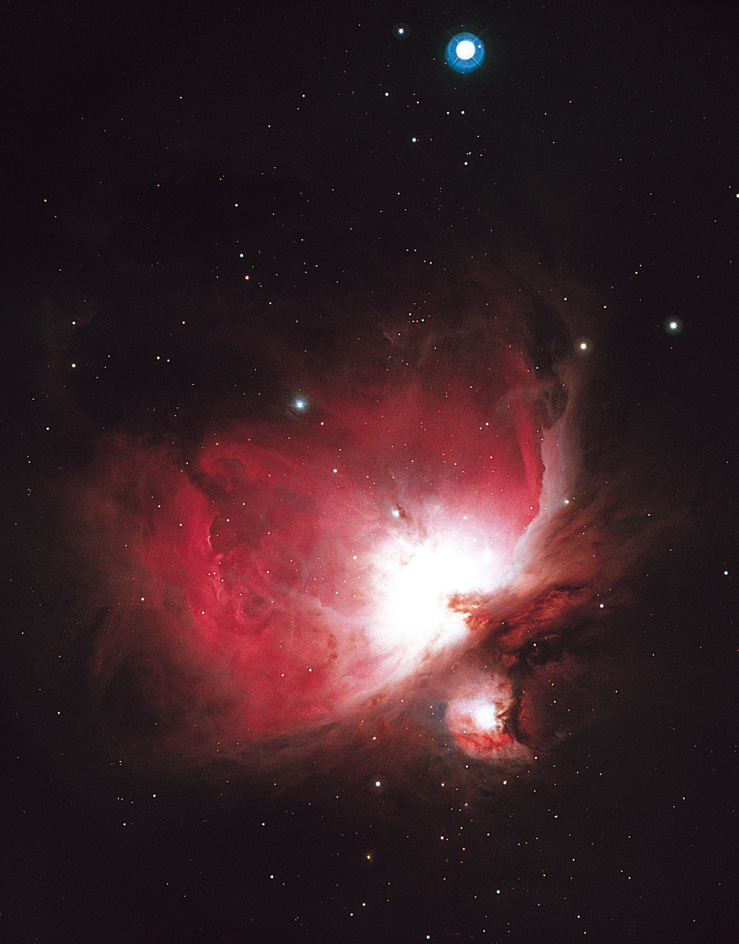Constellation << `kon` stuh LAY shuhn >> is a group of stars visible within a particular region of the night sky. The word constellation also refers to the region in which a specific group of stars appears. In 1930, the International Astronomical Union divided the entire sky into 88 regions based on the constellations commonly recognized at the time.

The ancient Greeks, Romans, and people of various other early civilizations observed groups of stars in the northern two-thirds of the sky. They named these groups of stars after animals and mythological characters. For example, the constellation Leo was named for a lion, Pisces for two fish, and Taurus for a bull. The constellations Andromeda, Cassiopeia, Orion, and Perseus are named for heroines and heroes in Greek mythology.
Between the early 1400’s and the mid-1700’s, European navigators explored the Southern Hemisphere and observed many constellations in the southernmost third of the sky. Mapmakers and explorers named these star groups for scientific instruments and other things as well as for animals. For example, the constellation Telescopium was named for the telescope. Musca was named for the fly, and Tucana for the toucan, a large-billed bird of Central and South America.
Some well-known groups of stars form only part of a constellation. Such smaller groups are called asterisms. For example, the Big Dipper is an asterism that lies in the constellation Ursa Major (Great Bear).
Some constellations can be seen only during certain seasons due to Earth‘s annual revolution around the sun. The part of the sky visible at night at a particular place gradually changes as Earth moves around the sun. Also, observers at different latitudes see different parts of the sky. An observer at the equator can view all the constellations during the course of a year, but an observer at the North or the South Pole can see only a single hemisphere of constellations.
